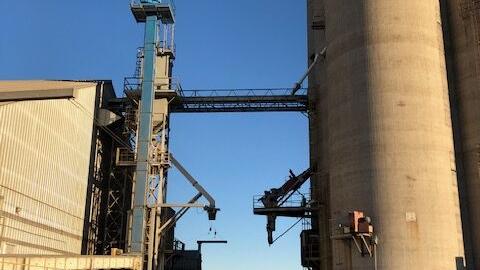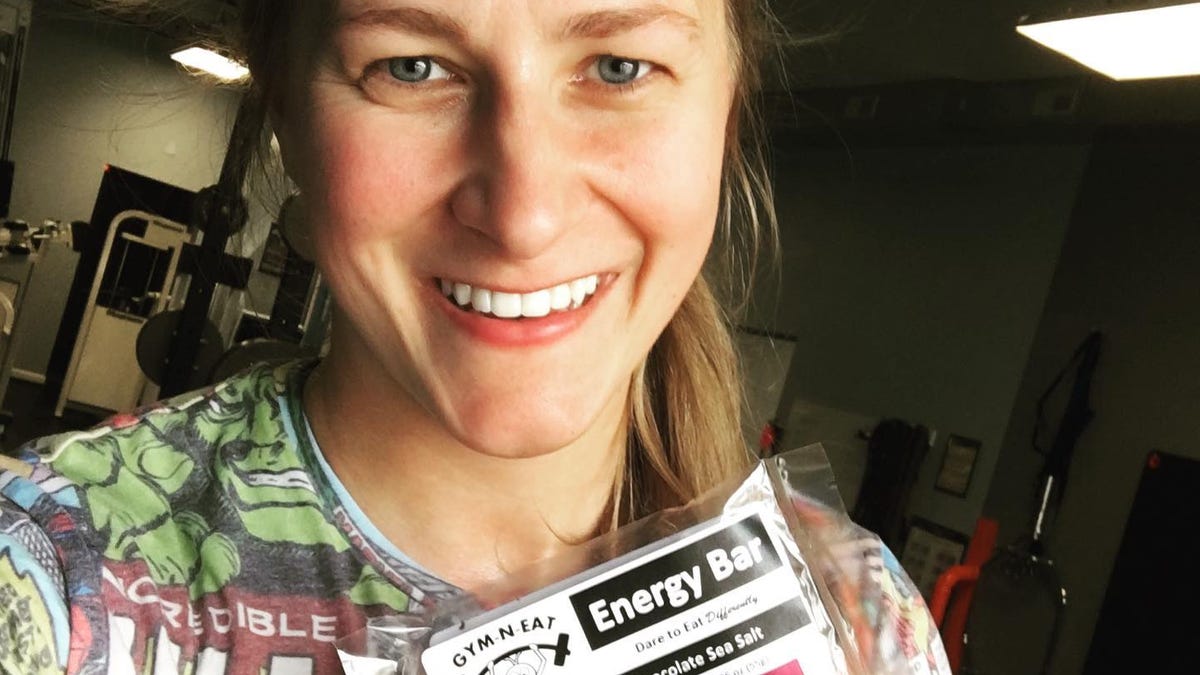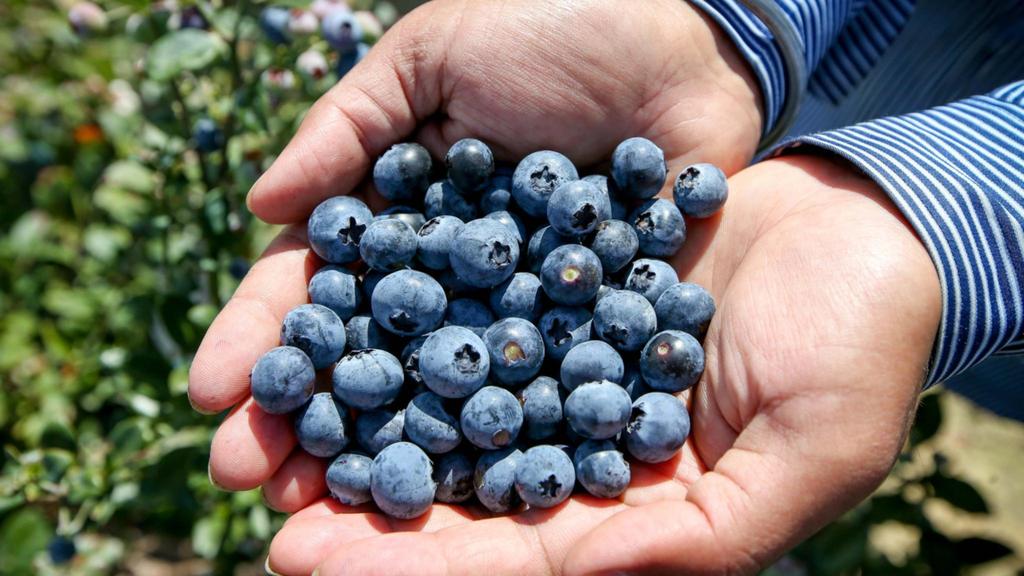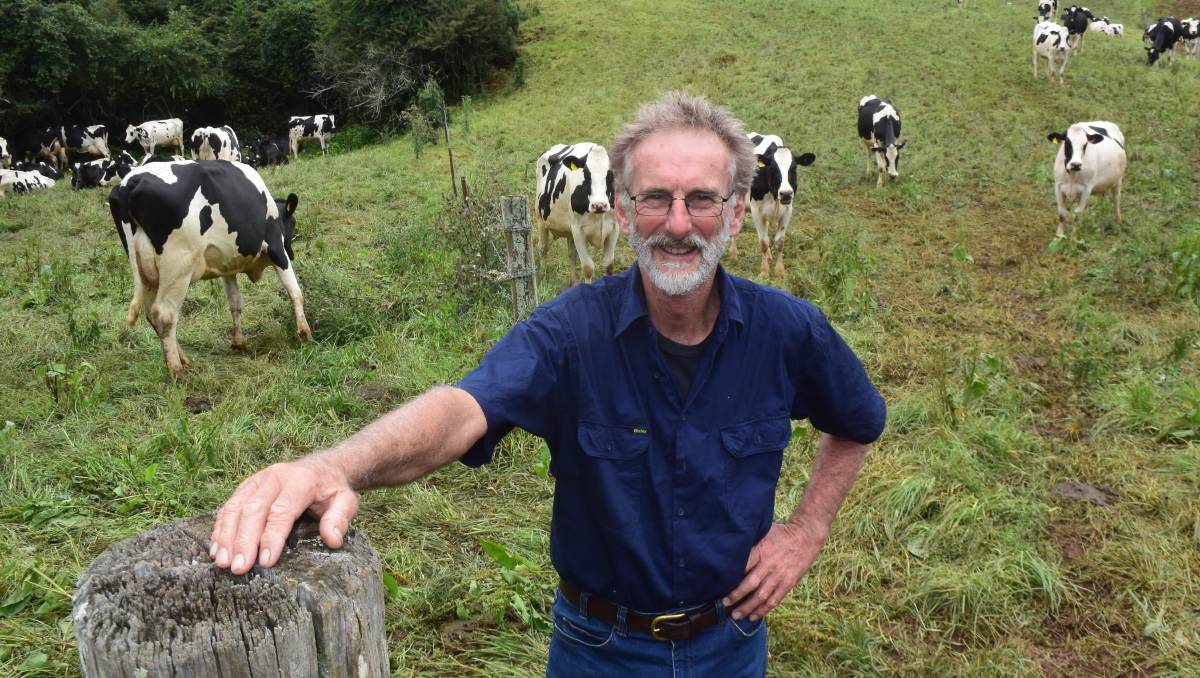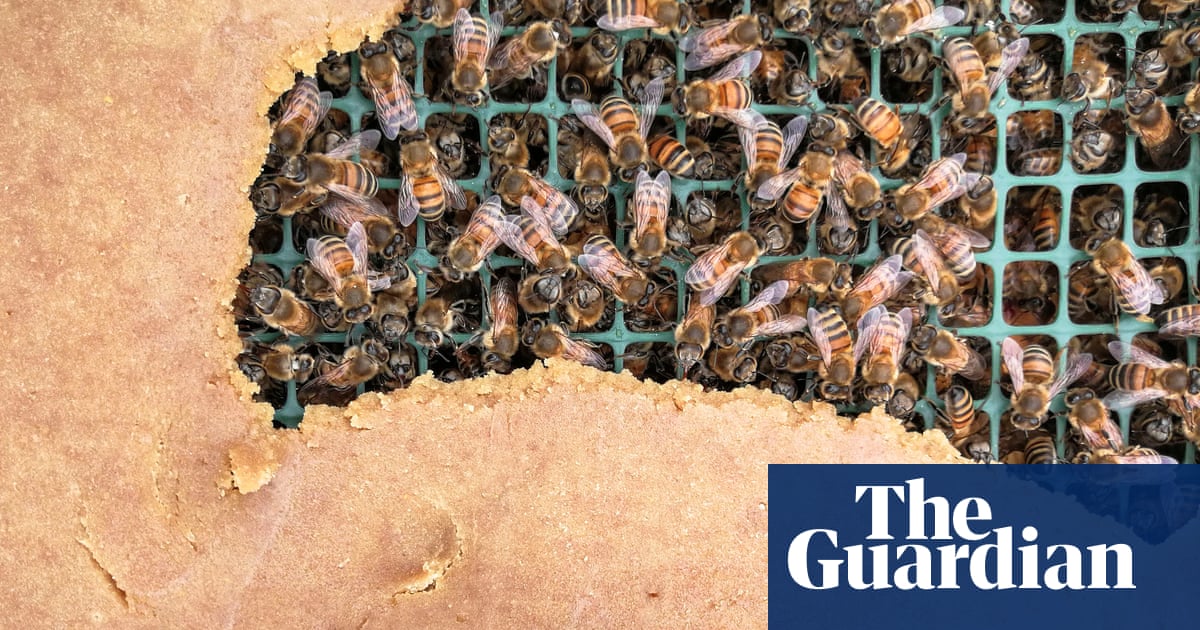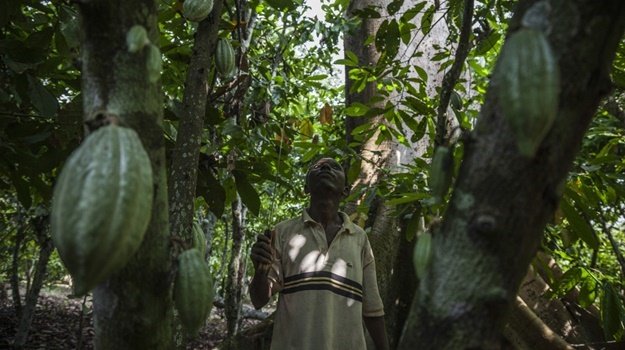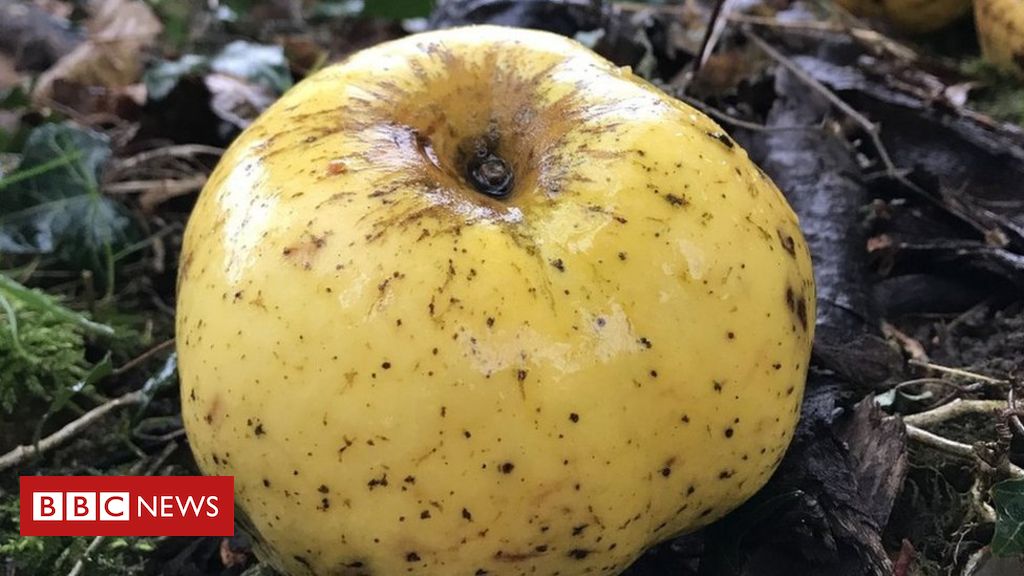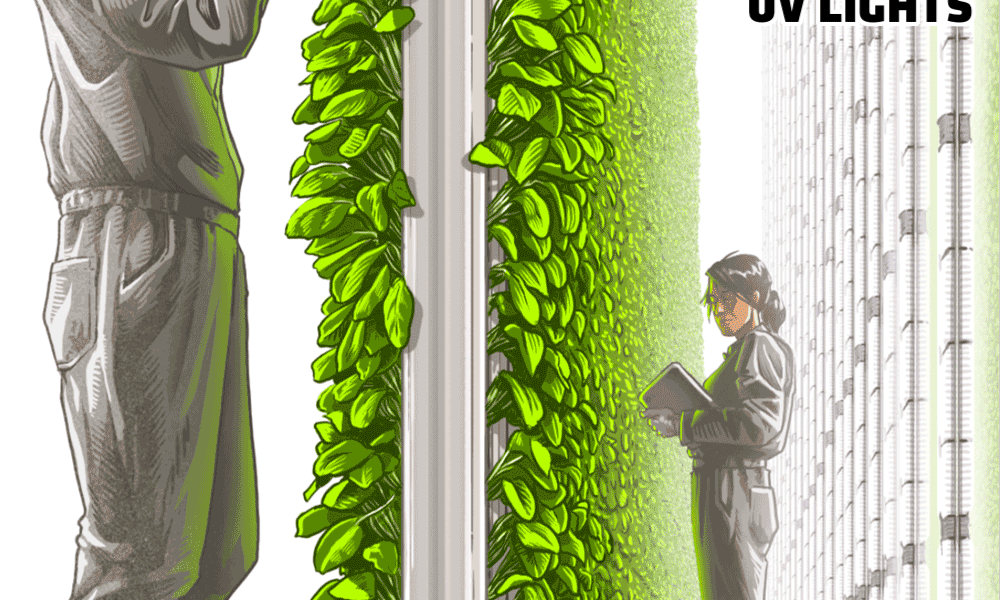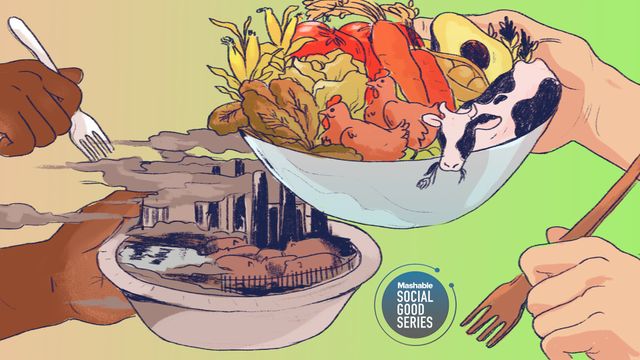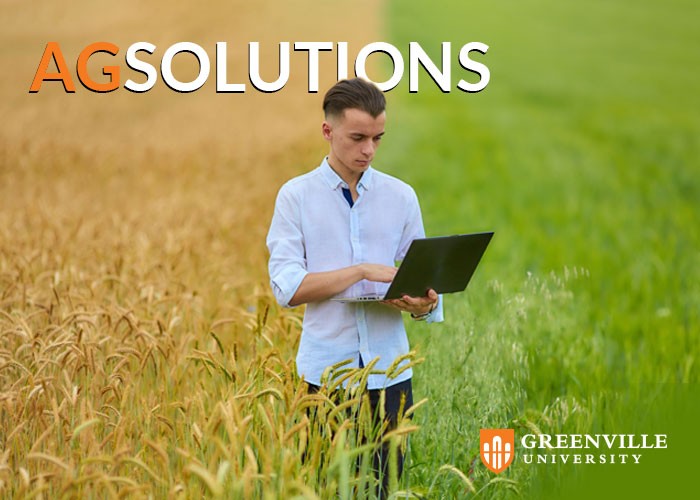01/27/2021 SOURCE: www.eurekalert.org
Healthy, sustainably managed soil is a critical ecosystem for continuous sustenance of plants, animals and humans globally. While the concept of 'soil health' still continues to evolve, the versatility of the concept allows its adoption by many stakeholders.
Soil health is as environmentally important as air and water quality, say microbiologists
-
(0)
-
Bookmark
- Comments. (0)
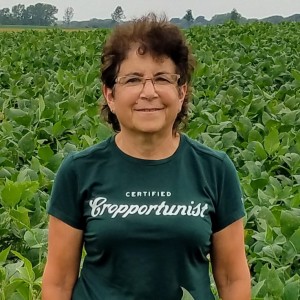 Nancy Kavazanjian
Nancy Kavazanjian
Topics: Soybeans, Food/Nutrition, Ag Global Specialty Food,
-
(2)
-
Bookmark
- Comments (0)
 Nancy Kavazanjian
Nancy Kavazanjian
Topics: Food/Nutrition, Insects, Ag Global Specialty Food,
Ames business Gym-N-Eat Crickets sees big growth from tiny livestock
Shelby Smith founded Gym-N-Eat Crickets in 2018 with a vision: “provide a sustainable source of cricket-based protein that maximizes nutritional value while minimizing the negative environmental impact.”
-
(0)
-
Bookmark
- Comments (0)
 John LaRose Jr.
John LaRose Jr.
Topics: Vegetables, Fruit, Economics, Ag Global Specialty Food, World Population, Ag Australia/NZ, Coronavirus/COVID, Ag Labor,
$38m worth of fruit and veg rotting
More than 50 Aussie farmers have been unable to get local and overseas workers to pick their produce due to coronavirus travel restrictions.
-
(0)
-
Bookmark
- Comments (0)
 John LaRose Jr.
John LaRose Jr.
Topics: Dairy, Organic, Ag Global Specialty Food, World Population, Ag Australia/NZ,
Comboyne dairy clean sweep
Top Norco dairyman no stranger to winning awards for best quality with herd management central to success.
-
(0)
-
Bookmark
- Comments (0)
 John LaRose Jr.
John LaRose Jr.
Topics: Beekeeping, Food/Nutrition, Ag Global Specialty Food, World Population, Pollinators,
New nectar: could artificial pollen make life sweeter for bees?
In winter, starved of pollen and lacking natural forage, honeybee colonies can easily falter. But nutritious substitutes may be the answer
-
(1)
-
Bookmark
- Comments (0)
 John LaRose Jr.
John LaRose Jr.
Topics: Markets/Pricing, Cocoa, Economics, Food/Nutrition, Ag Global Specialty Food, World Population,
Ivory Coast cocoa growers step up campaign against chocolate giants | Fin24
Cocoa farmers in Ivory Coast has escalated a media campaign against multinational chocolate makers, threatening them with a boycott in a dispute over payment.
-
(0)
-
Bookmark
- Comments (0)
 John LaRose Jr.
John LaRose Jr.
Topics: Organic, Forestry, Fruit, Food/Nutrition, Ag Europe, Ag Global Specialty Food, World Population,
New apple variety discovered by Wiltshire jogger
Experts have confirmed the apple found by Archie Thomas has never been seen before.
-
(0)
-
Bookmark
- Comments (0)
11/24/2020 SOURCE: www.worldwildlife.org
WWF is investigating whether soilless alternatives to traditional agriculture can offer advantages for an environmentally friendly system to grow our food.
Soilless agriculture: Can soil-less cultivation help feed the world?
-
(0)
-
Bookmark
- Comments. (0)
 Randy Krotz
Randy Krotz
Topics: Agriculture US, Agriculture Global, Food/Nutrition, Ag Global Specialty Food, Climate Change,
There's racism in our food system, too. Here's how to combat it.
A few long, long overdue actions you can take right now.
-
(1)
-
Bookmark
- Comments (0)



